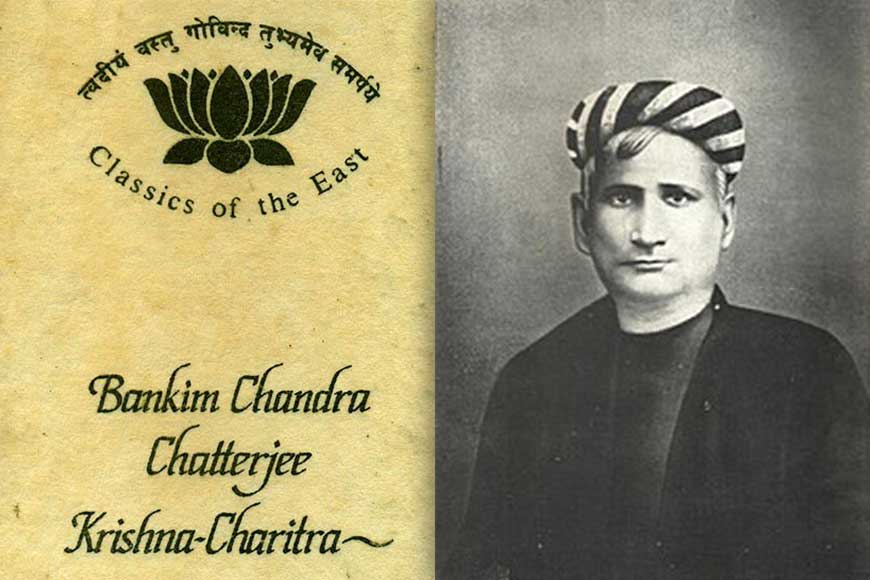Bankim Chandra described a different face of ‘Krishna’ in Krishnacharitra

Among Indian deities, perhaps none is as widely worshipped, admired, and adored as Lord Krishna. Krishna’s worship takes many forms, and he is encountered in numerous distinct regional traditions, either as the ‘historical’ or the ‘mythical’ one. Interestingly, Lord Krishna has come up in Bengali literature several times. To understand the resonance that the historical Krishna began to have for educated, middle-class Bengal in the 19th century, one can turn to Bankim Chandra Chattopadhyay’s ‘Krishnacharitra, (The Life of Krishna). Chattopadhyay asked himself the question that many were pondering over. How is it that India had, for innumerable centuries, been ‘enslaved’ by ‘foreigners?’ According to Bankim Chandra, the excessive devotional aspect of the Hindus had ill-prepared them to meet foreign invasions, or even take an interest in material life; They, he argued, had little or no appetite for governance, and for centuries they had neglected their social and political institutions, preferring instead to be regaled by stories of a Gods like Krishna, who appeared as a naughty boy, lover, cowherd, trickster, playful youngster, and even adulterer in Indian literature and art.
Bankim Chandra traced this devotional trait in Bengal to the piety of the 15th-century saint/avatar Sri Chaitanya and other Vaishnavas, who had made a cult of Krishna worship. Bengali Vaishnavism or Gaudiya Vaishnavism (after Bengal's older name, Gaur), is unique in India in several ways. There is an emphasis upon the role of aesthetics and the belief that the divine is best understood through emotional and erotic (though sublimated) experience. Krishna’s consort, Radha and her friends the gopis (milkmaids who loved Krishna during his rural childhood) are believed to be the ideal devotees and worshipers seek to feel the intensity of love that the milkmaids felt for Krishna. After death, the devotee hopes to enter Krishna’s paradise, to participate forever in his adventures. The geographic focus of Bengali Vaishnavism is Nadia District, especially the town of Nabadwip, held as sacred because it was Chaitanya’s birthplace. Chaitanya’s Bhakti cult had immense influence on Bengal.
Unlike in other parts of India, where Lord Krishna is worshipped with a lot of piety, in Bengal he is seen as an integral part of all aspects of life. Janmashtami for devotees in Bengal is like celebrating the birthday of the family’s kid. There are any number of temples dedicated to Gopal Jeu scattered over Bengal which are as ancient as the 17th-century and goes to prove Lord Krishna’s popularity in Bengal. One of the earliest temples dedicated to Lord Krishna is at the Narajole Rajbari, a little over 100 km to the west of Kolkata. Although the temples and palaces are in a dilapidated state but still carry vestiges of a once glorious craftsmanship and its grandeur. There is a Rash Mancha with 25 spires. Usually, idols of Radha Krishna are brought to the Rash Mancha (common across Bengal) for public viewing during the Rash Festival. In the Andar Mahal area, there are temples of Govind Jeu where puja is still offered daily.
The Madan Mohan Temple of Bishnupur in Bankura district is dedicated to Lord Krishna. 'Madan Mohan' is another name of Lord Krishna. This temple was built by King Durjana Singh Deva of Malla Dynasty in the year 1694. It is one of the largest temples of Bishnupur. The Shyam Rai temple, also in Bishnupur, is dedicated to Lord Krishna and Goddess Radha.










